Fukushima Mirai Challenge Project e il futuro del Giappone
Il futuro è a TENOHA Milano con il progetto Fukushima Mirai Challenge, disponibile fino alla fine di febbraio.
Se volete sapere cosa significa veramente la parola “resilienza”, dovete soffermarvi su questo articolo. Stiamo parlando di futuro, rinascita, entusiasmo, passione e vero amore. Mirai in giapponese significa Futuro, il futuro della provincia di Fukushima. Dal 3 Marzo 2011 niente è rimasto più lo stesso, da quella tragedia in cui terremoto e tsunami hanno distrutto famiglie, case e attività. Come dicevo, niente è rimasto più lo stesso e c’è qualcosa che è sbocciato come un fiore nel deserto: il desiderio di rinascita. La resilienza. Continuare il proprio lavoro nonostante tutto. Proprio su questo si basa il Fukushima Mirai Project, il progetto del FUTURO. Dodici comuni della prefettura di Fukushima aderiscono a questo importante progetto e hanno deciso di tornare alle loro attività dopo l’ordine di evacuazione avvenuto anni fa.
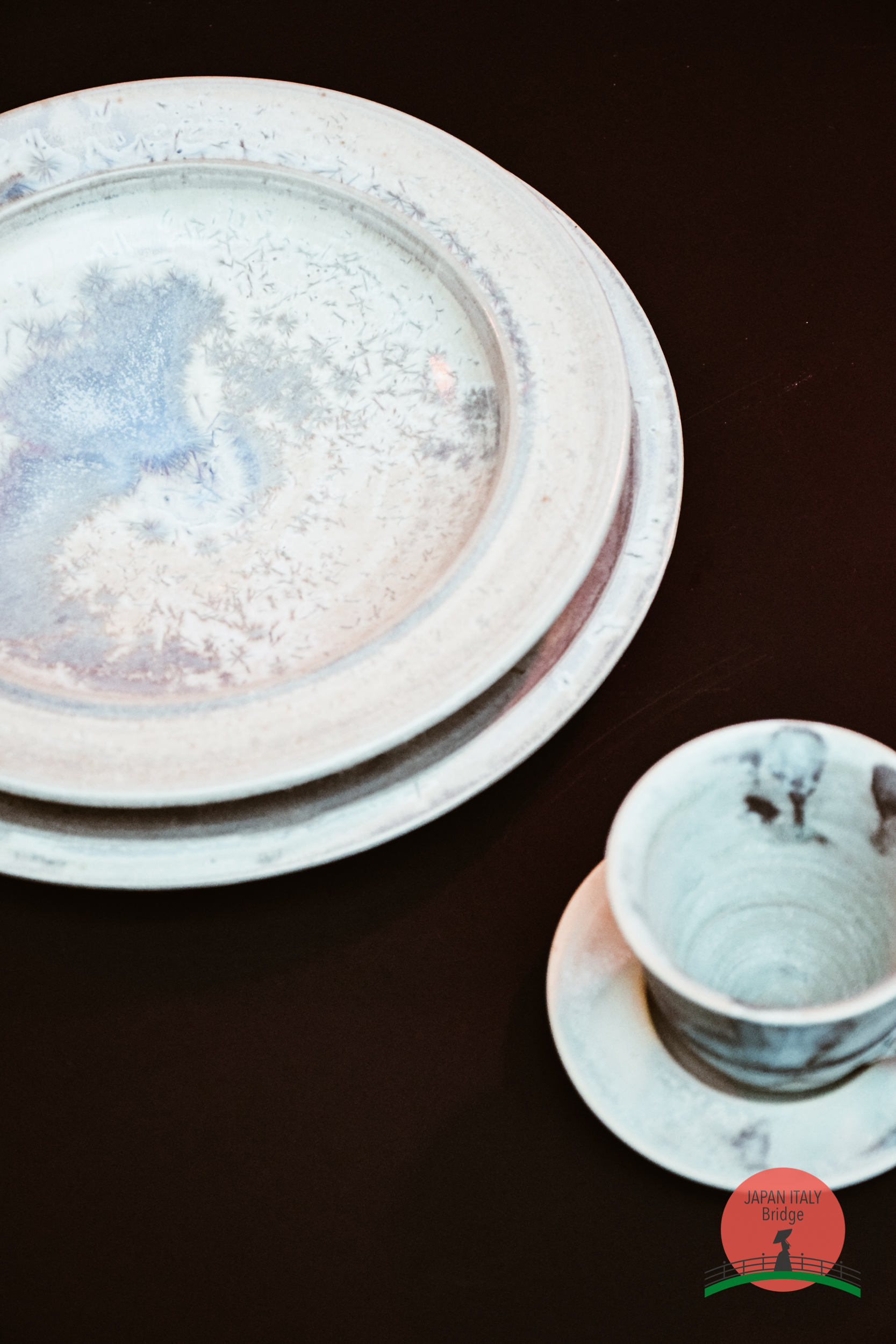
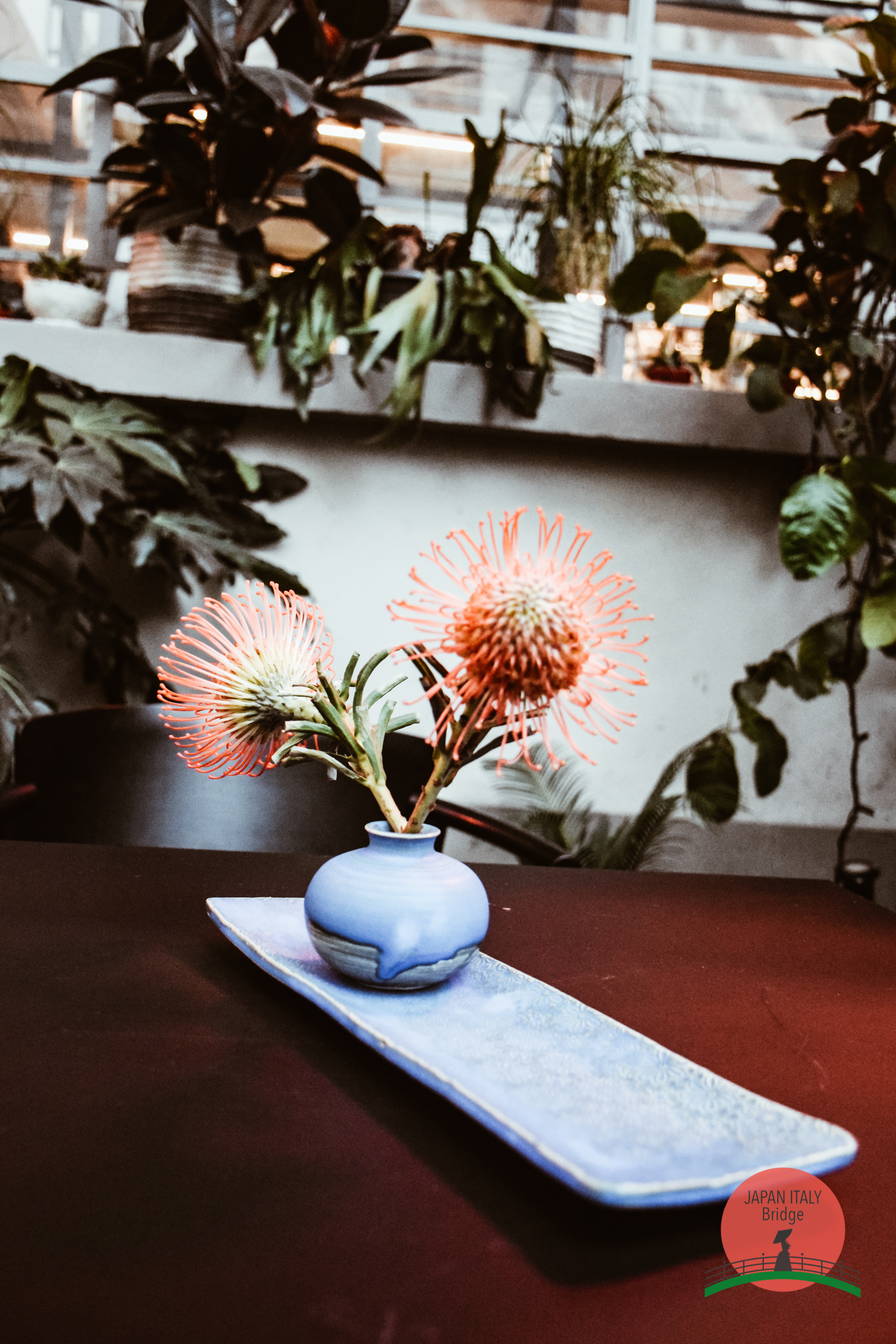
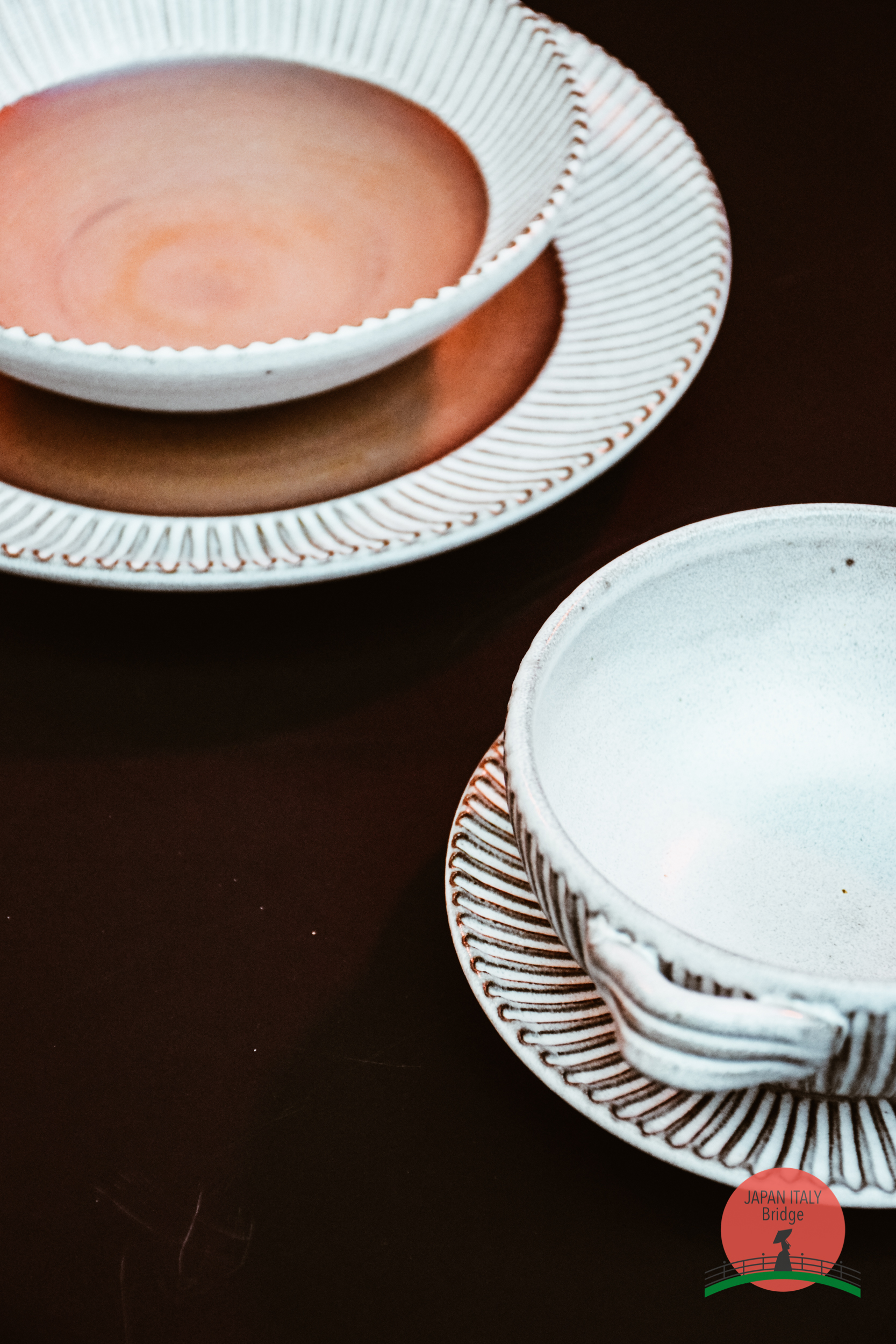
La rinascita di Fukushima con il Fukushima Mirai Challenge
Nel Fukushima Mirai Project c’è la voglia di ricominciare, di ricostruire e ricostruirsi, rivalorizzare le città, rinascere. Infatti, questo progetto supporta le imprese autonome, promuovendo il loro sviluppo anche nel mercato estero. Oggi prenderemo ad esempio due aree che stanno lottando con i loro stupendi prodotti per rinascere, leggete attentamente non solo con gli occhi, ma anche soprattutto con il cuore.
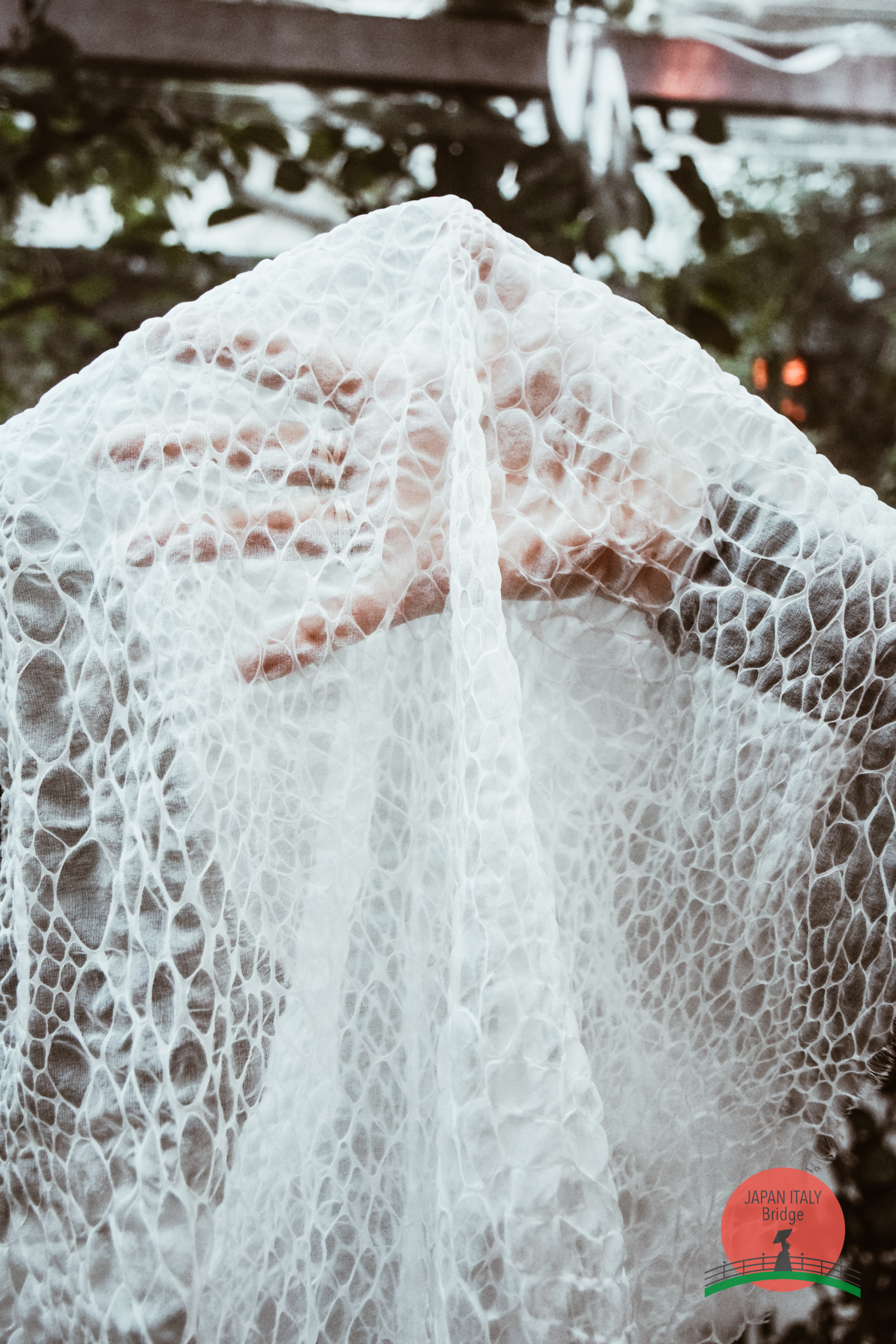
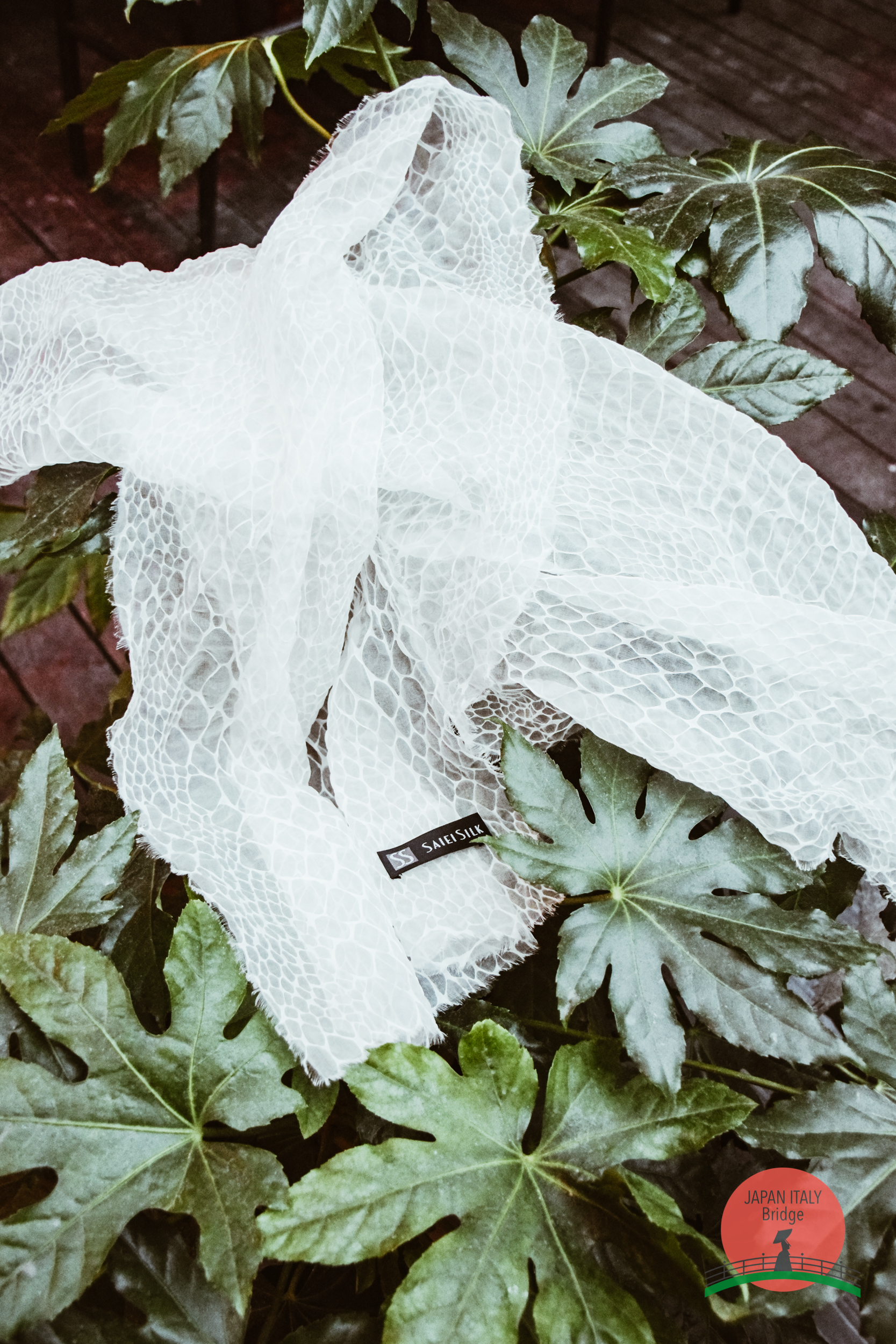
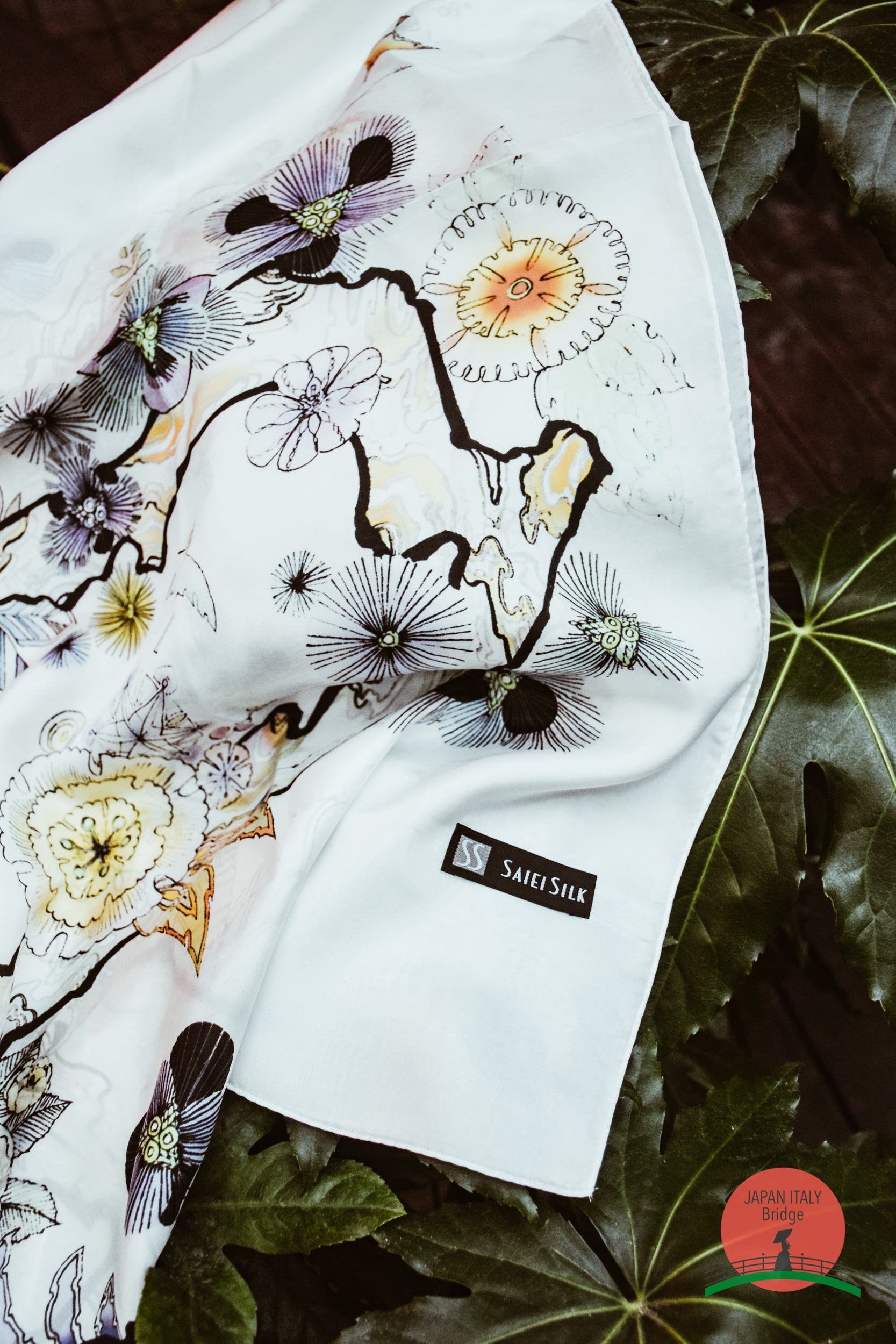
Saiei Orimono con Kawamata Silk
La sfida dell’azienda “Saiei Orimono” nella città di Kawamata che partecipa al Fukushima Mirai Project è quella de “la seta più sottile del mondo“. Sicuramente sapete che prezioso tessuto possa essere la seta, ma la seta più leggera al mondo l’avete mai toccata? Sentirla tra le mani è qualcosa di unico, incredibilmente evanescente, una piuma e infatti più di 1000 spettatori, ambasciatori di ogni paese compresi, hanno potuto ammirare la seta “Fairy feather” durante uno spettacolo che si è tenuto nella sede dell’UNESCO di Parigi. Sapete cos’è? La seta più leggera e sottile al mondo, quindi una piuma, per questo il vestito si è meritato il nome di “Fairy feather”, Piuma fatata. In giapponese si dice hagoromo che significa Abito di piume. A TENOHA &| SHOP potete trovare i foulard di vari colori.
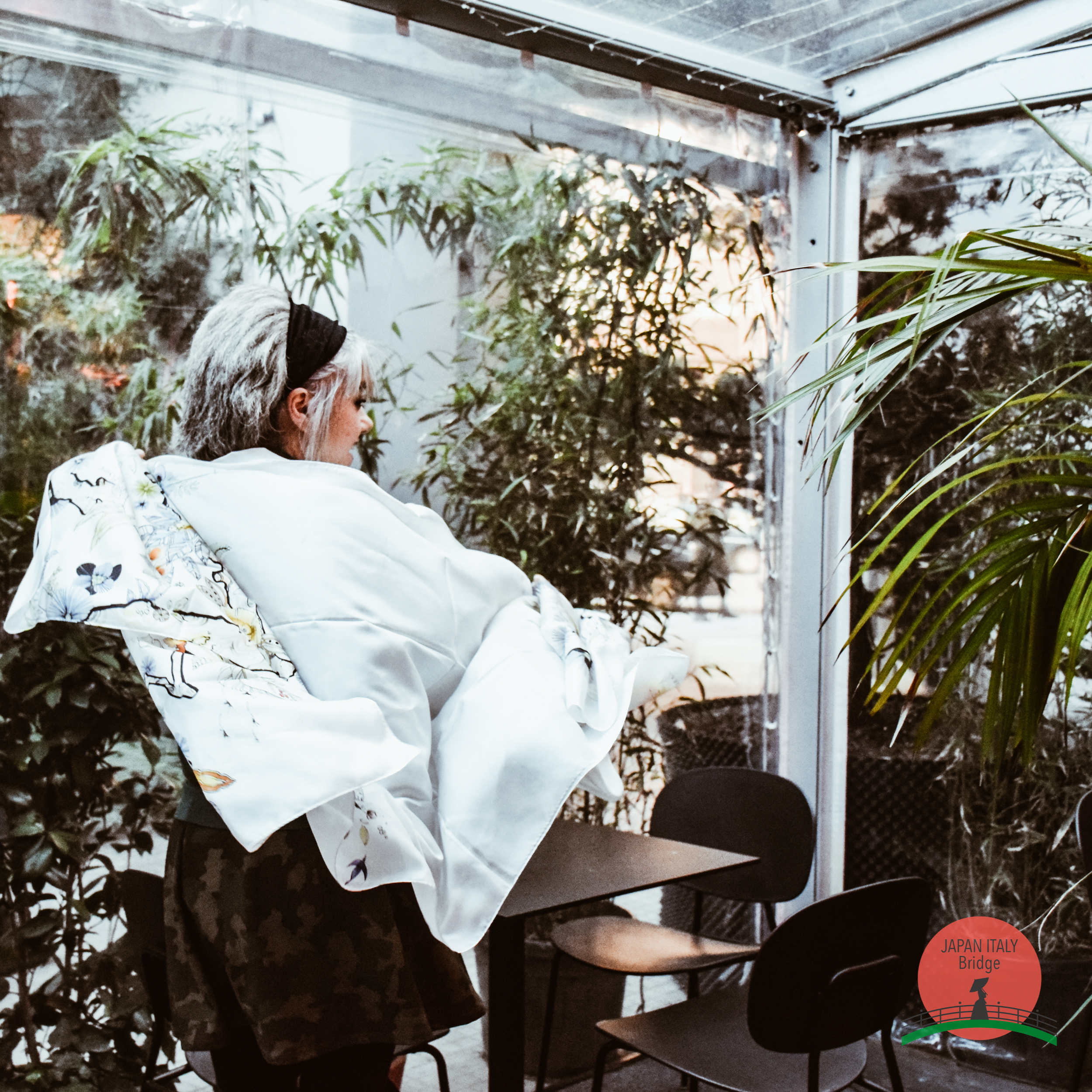
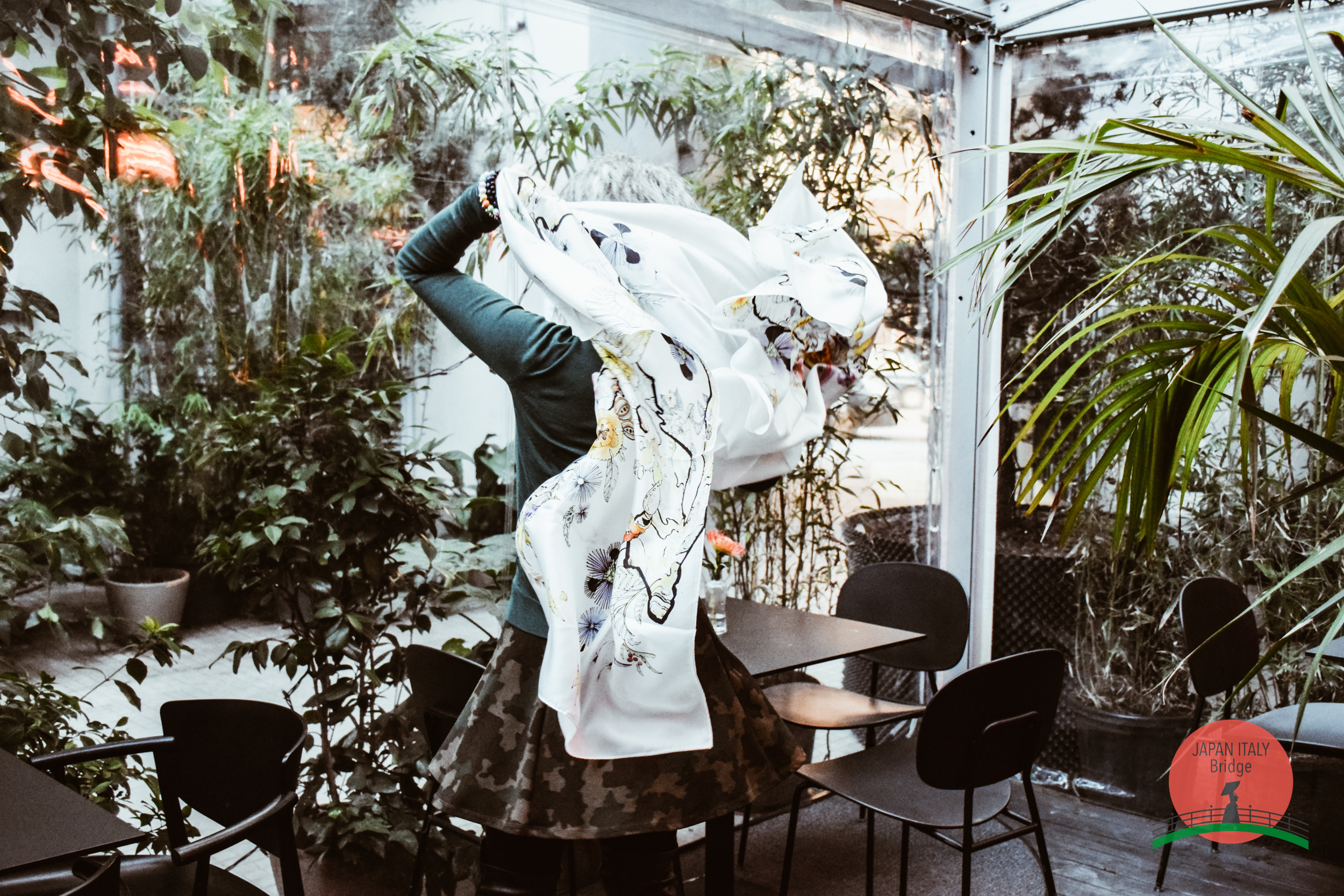
Saiei Orimono e Beyond Kimono
BEYOND KIMONO presso la sede dell’UNESCO ci informa che dal pubblico in molti si sono complimentati per i colori e la trama dei tessuti. Questo prodotto lucente, sottile, fermo e brillante, indossato è unico e riesce a farti sentire incredibilmente speciale. Molti marchi mondiali hanno scelto questo tessuto per indumenti di vita quotidiana come le sciarpe.
Per avere un esempio pratico della leggerezza del tessuto, il presidente Yasuyuki Saito ha detto che un vestito da sposa normale pesa più di 10 kg. Il vestito da sposa che utilizza la seta Fairy Feather pesa meno di un decimo di 600 grammi. Il pensiero di Saito prima di realizzare questo speciale tessuto, si è sviluppato grazie ad una designer, Yumi Katsura, che aveva lavorato sugli abiti da sposa. “Voglio creare un abito con cui la sposa possa anche ballare al matrimonio”. Ecco da dove nasce la seta più sottile al mondo! Questo pensiero ha dato vita alla bellezza e leggerezza che si sposano e si adagiano delicatamente ed elegantemente su di voi.
A causa del terremoto nella regione del Tohoku, la società ha anche sofferto di interruzioni logistiche. Le difficoltà a cui hanno fatto fronte sono state tantissime, ma sono diventate anche un desiderio di rinascita ancora più grande. Pensate che l’abito Fairy Feather è stato completato l’anno dopo il terremoto, nonostante tutte le difficoltà, rimanendo sempre in continuo sviluppo.
La voglia di rinascita di questa azienda è concentrata sulla qualità di questa seta che tutti ora potrete toccare e indossare grazie al Fukushima Mirai Project e a TENOHA &| SHOP, TENOHA Milano.
Ikariya Shoten con Ōborisoma-yaki
Passiamo dall’abbigliamento all’artigianato tradizionale utilizzato dalla prefettura di Fukushima e non solo. Con Ōborisoma-yaki abbiamo delle ceramiche che hanno le crepe, la doppia cottura e il colore come caratteristiche principali. Sempre a causa del terremoto del 2011, le aziende evacuate hanno cercato vari luoghi per continuare la produzione, come una cooperativa, continuando il loro lavoro.
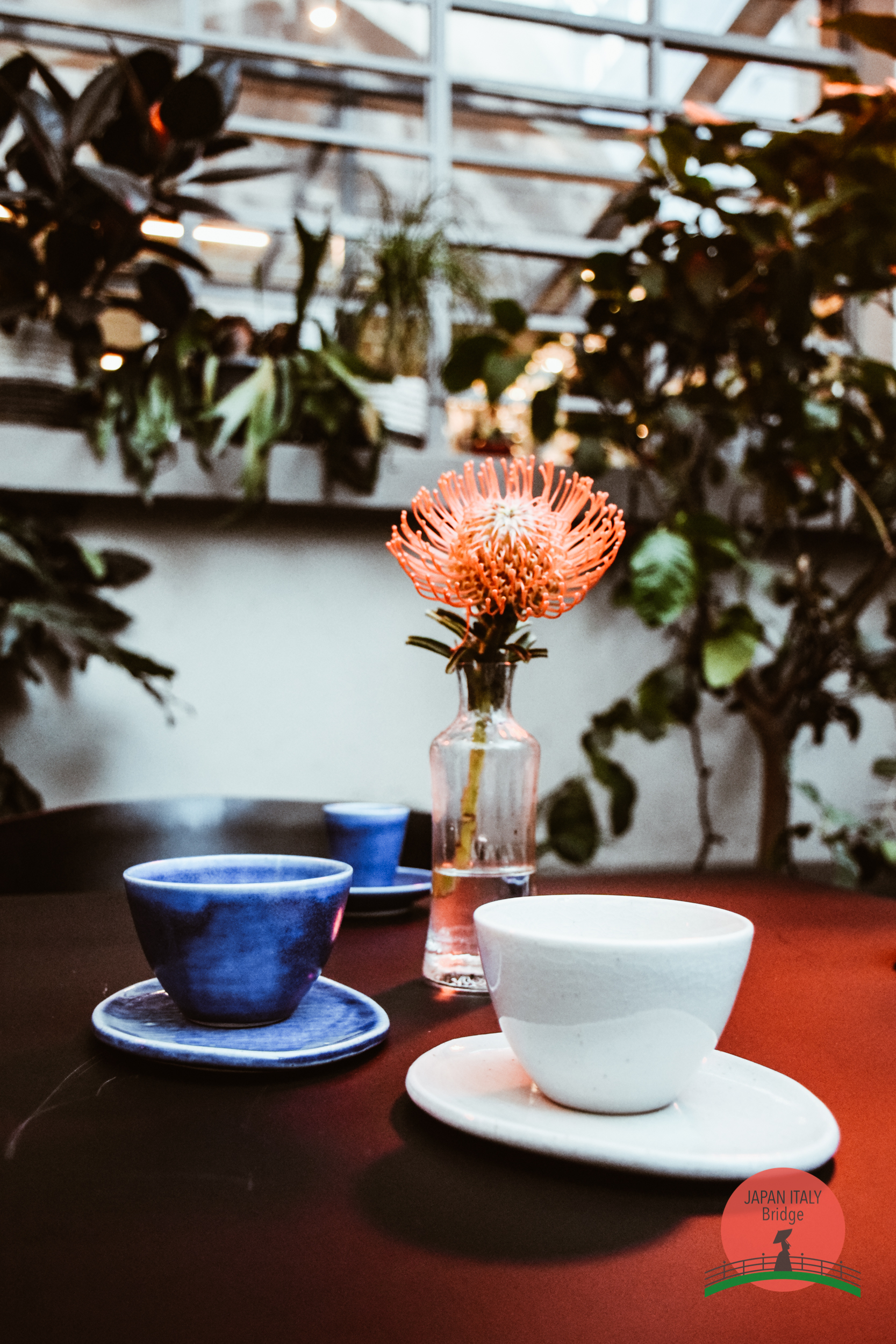
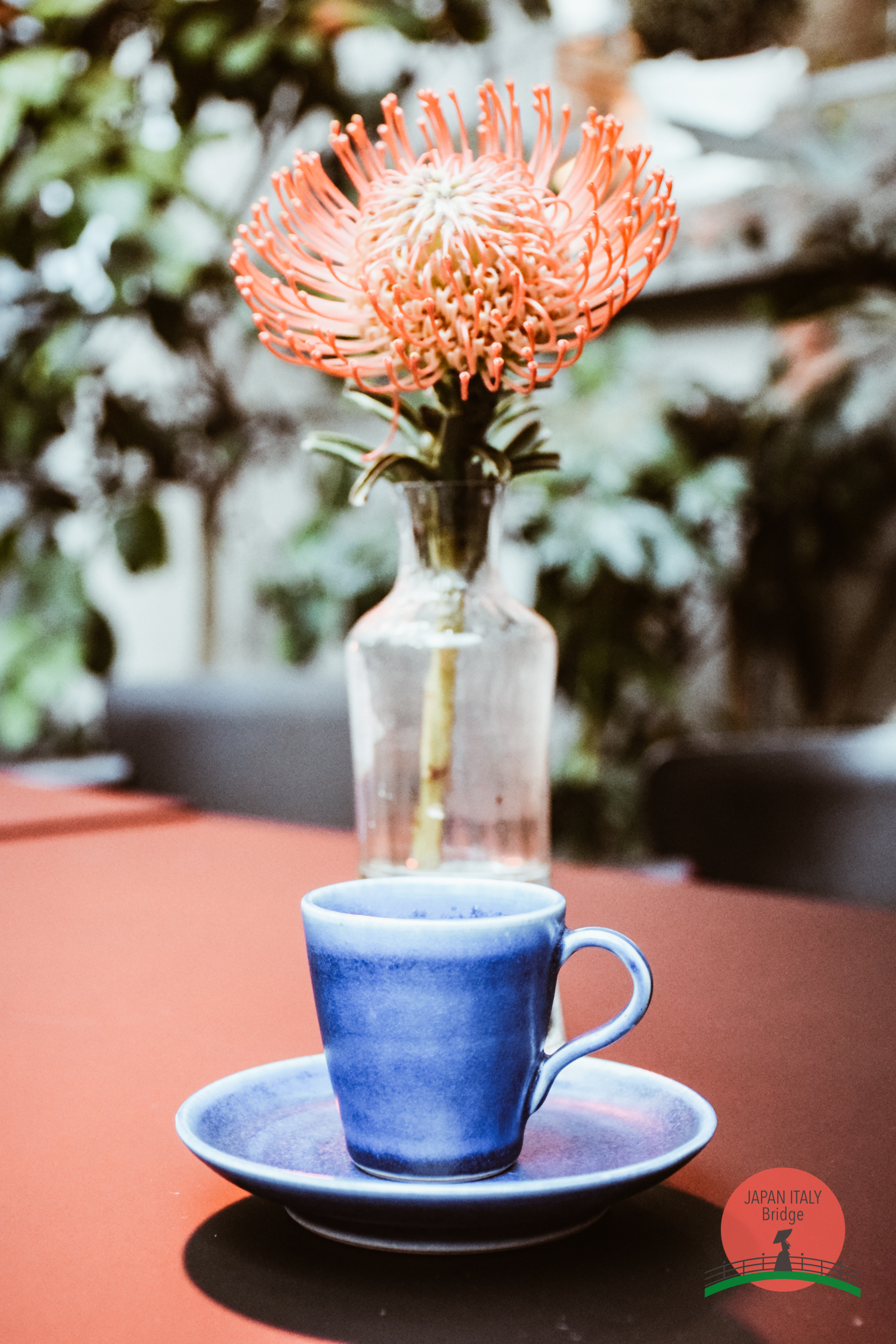

Ōborisomayaki è un termine che indica le ceramiche prodotte in tutta l’area di Ōbori, nelle città di Namie e di Futaba. Stiamo parlando di una ceramica con un’importante storia alle spalle che comincia addirittura nel periodo Edo. Nella società feudale era chiamata Soma, dopodiché divenne Ōborisoma-yaki. La produzione di questo materiale era diventata un’attività secondaria degli agricoltori. Tuttavia, divenne così importante da raggiungere i 100 forni di produzione alla fine dell’era Edo diffondendosi dall’isola di Hokkaido all’intera area del Kanto.
Ōborisoma-yaki e l’era Meiji
Nell’era Meiji, dopo la guerra, il centro di produzione aumentò moltissimo. Il mercato dal Giappone si diffuse anche negli Stati Uniti con il nome di “Idea Cup” e “Double Cup”.
L’incidente nucleare di Fukushima Daiichi della Tokyo Electric Company nel marzo 2011 ha costretto tutti i residenti della città di Namie ad evacuare fino alla fine del marzo 2017. Invece, l’area di Ōbori in cui si produceva la ceramica Ōborisoma, era è ancora inaccessibile.
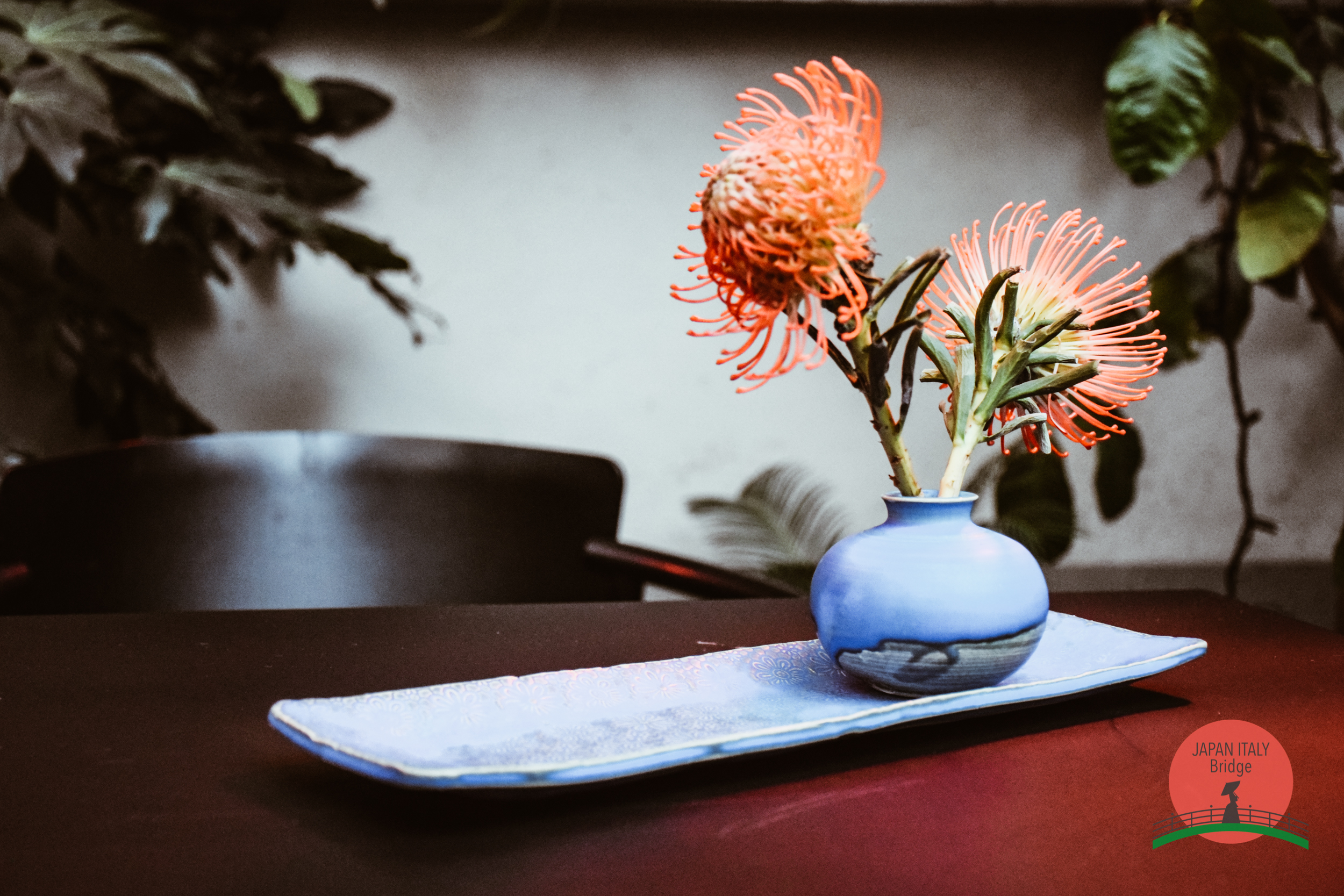
Ovviamente, tutto questo non ha scoraggiato la Cooperativa Ōborisoma-yaki che nel 2012 ha creato un laboratorio temporaneo e un ufficio a Nihonmatsu. Lezioni di ceramica, esposizione e vendita di prodotti, workshop, forni comuni per i ceramisti che volevano andare avanti con le loro attività.
Ordinazione dei prodotti Ōborisoma-yaki, richiesta di esibizione ad eventi e classi di ceramica sono solo alcuni degli elementi di rinascita a cui possiamo assistere. Le opere di Oborisoma-yaki sono anche qui a TENOHA &| SHOP, TENOHA Milano, che ha partecipato con orgoglio al progetto Fukushima Mirai Challenge.
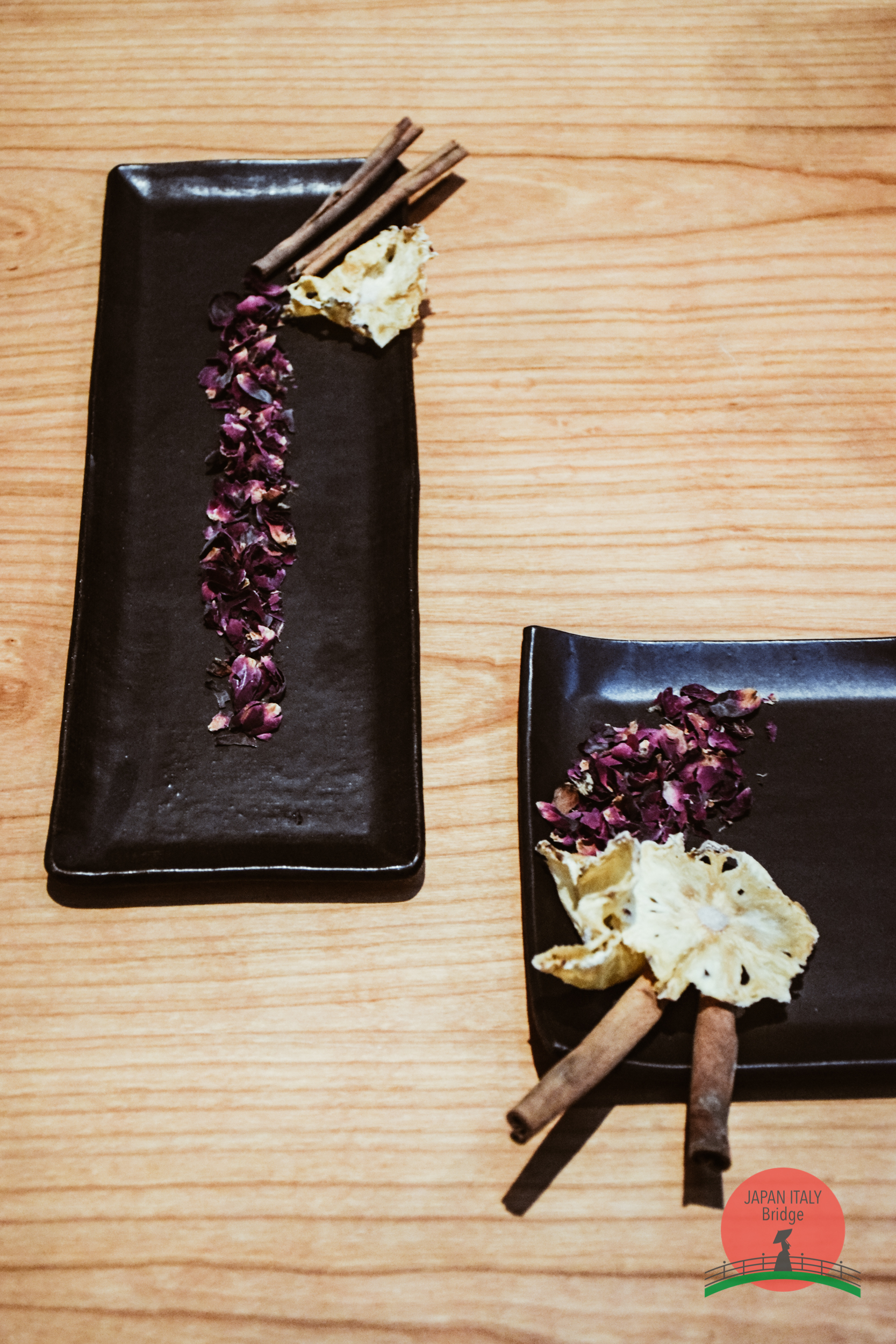
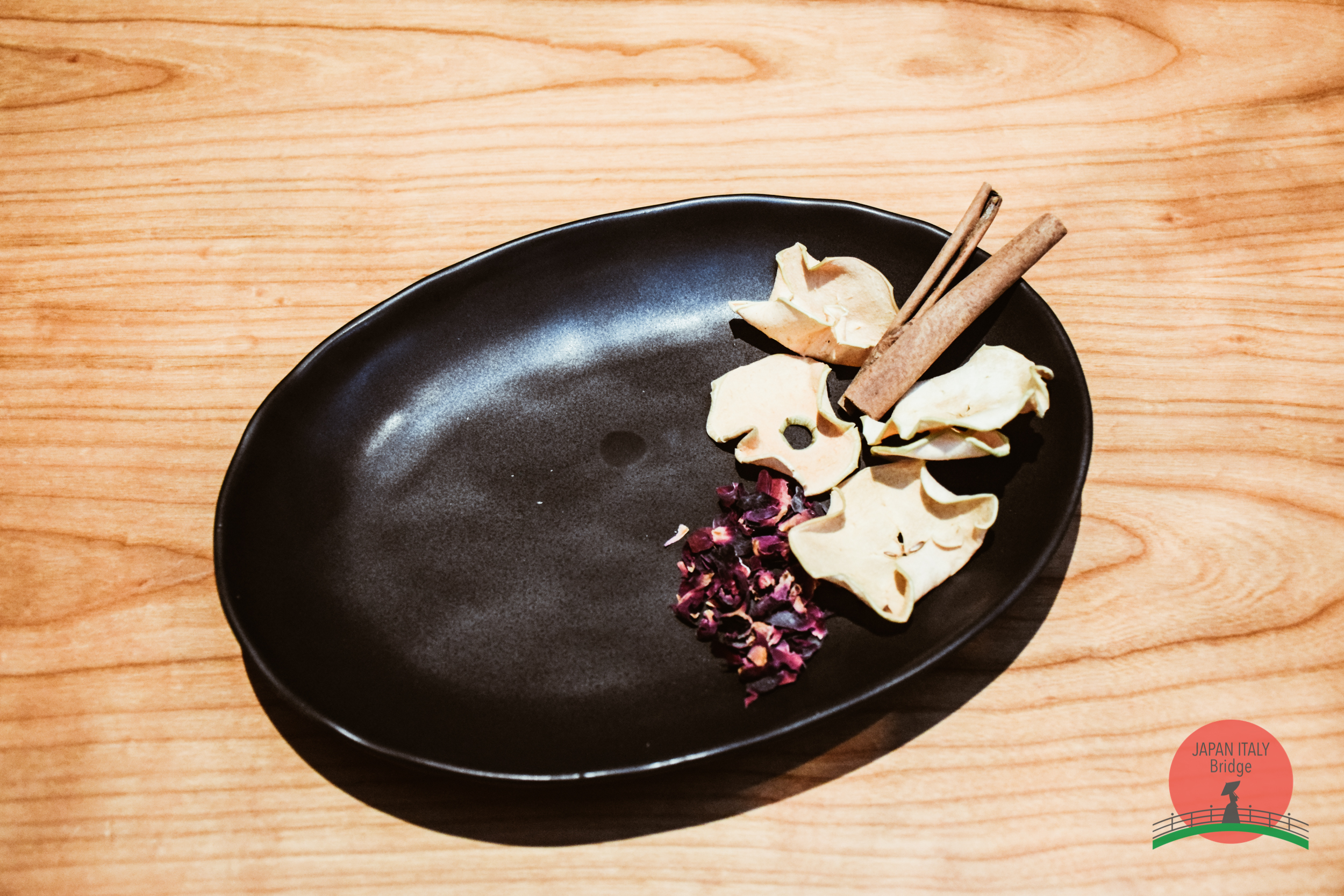
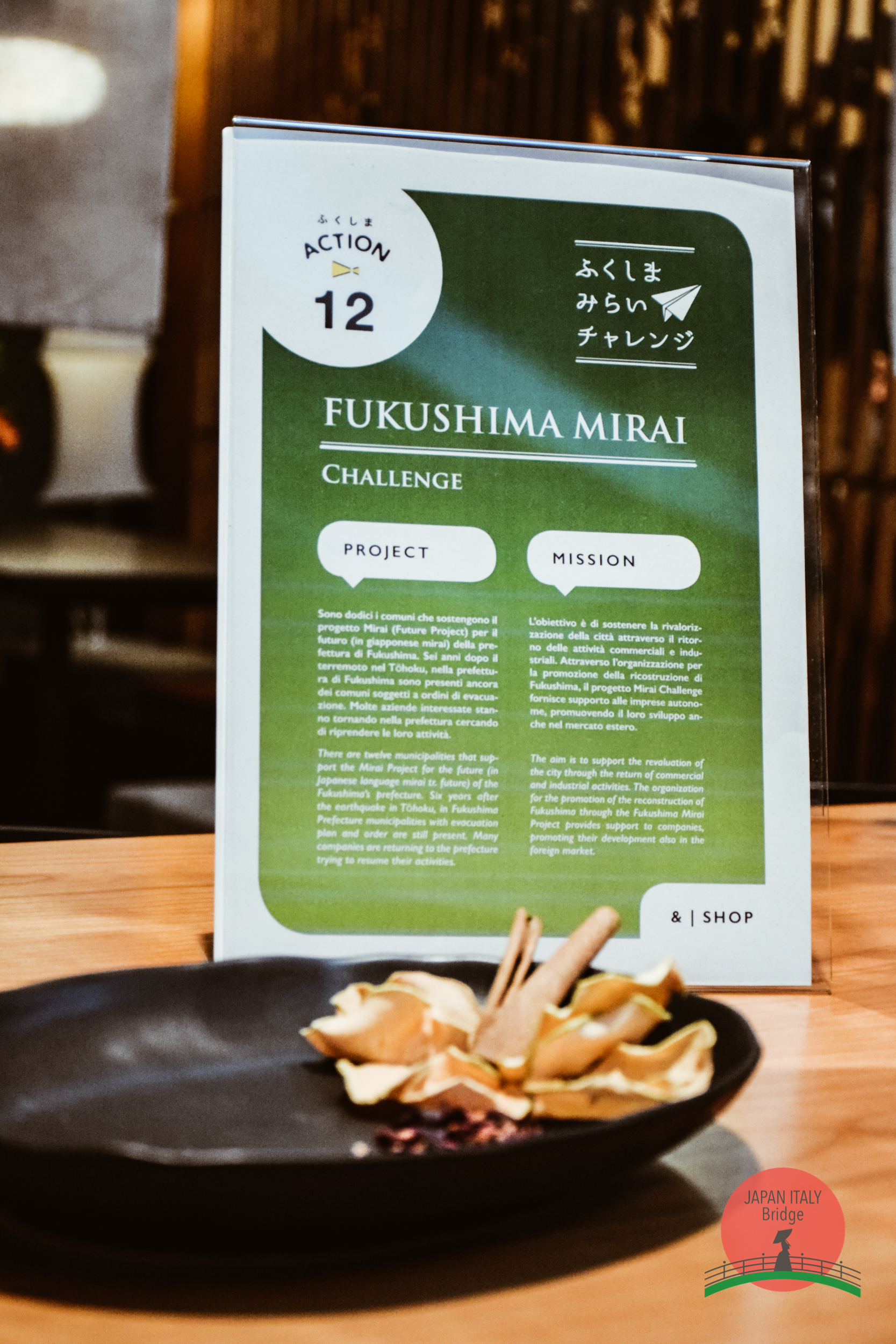
Fukushima Mirai Challenge, prodotti unici nel loro genere
Fukushima Mirai Challenge è un progetto che ci regala non solo prodotti unici, ma supporta anche una storia importante. Ogni prodotto che indossiamo o che teniamo con noi significa Rinascita. Infatti, la seta più sottile al mondo di Kawakama e le splendide ceramiche di Ōbori sono solo un’importante parte del futuro di Fukushima.
Volete toccare con mano il futuro? Accettate questa importante Challenge? Vi aspettiamo a TENOHA Milano per tutto il mese di febbraio, e ricordate che ogni acquisto andrà a favore del progetto governativo di recupero delle aree disastrate. Ognuno di noi può contribuire alla rinascita di Fukushima e supportare questo importantissimo progetto, diventando una parte essenziale del futuro di Fukushima Mirai Challenge.
Official Website | Facebook page
Condividi:
- Fai clic per condividere su Facebook (Si apre in una nuova finestra)
- Fai clic qui per condividere su Twitter (Si apre in una nuova finestra)
- Fai clic qui per condividere su Tumblr (Si apre in una nuova finestra)
- Fai clic qui per condividere su Pinterest (Si apre in una nuova finestra)
- Fai clic per condividere su Telegram (Si apre in una nuova finestra)
- Fai clic per condividere su WhatsApp (Si apre in una nuova finestra)
- Fai clic qui per condividere su Reddit (Si apre in una nuova finestra)
- Fai clic qui per stampare (Si apre in una nuova finestra)






